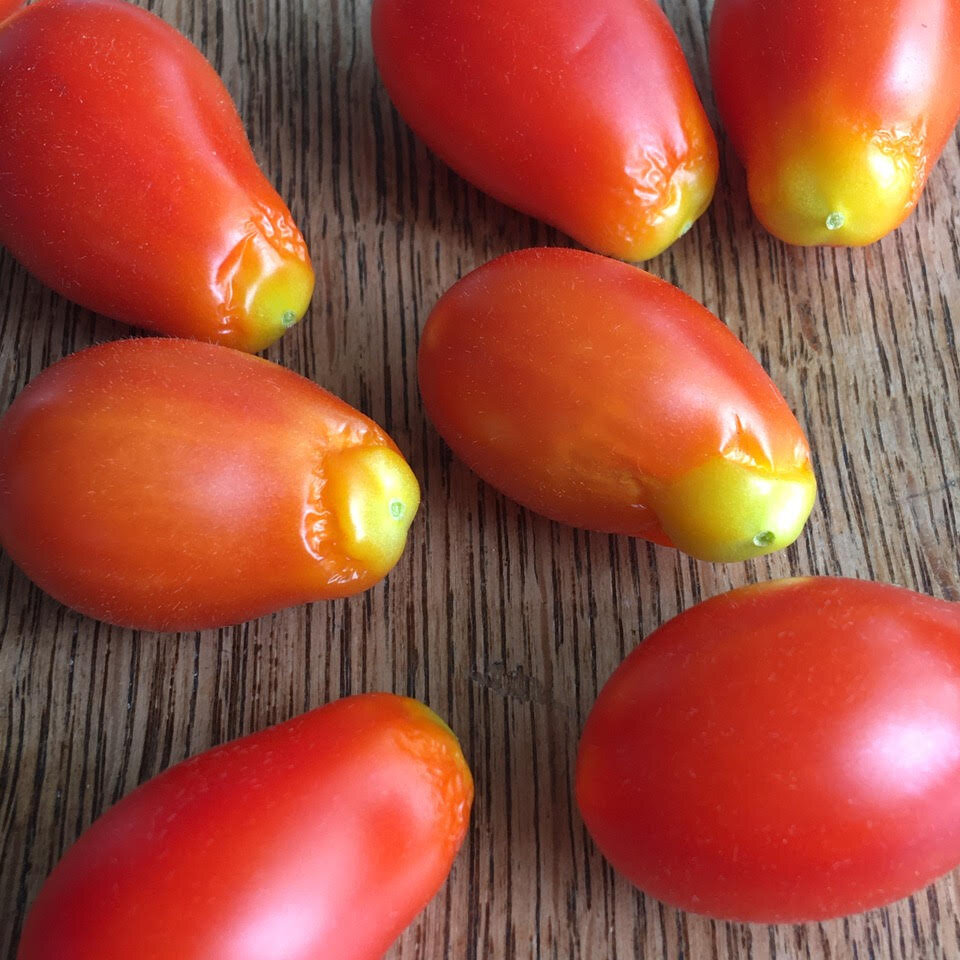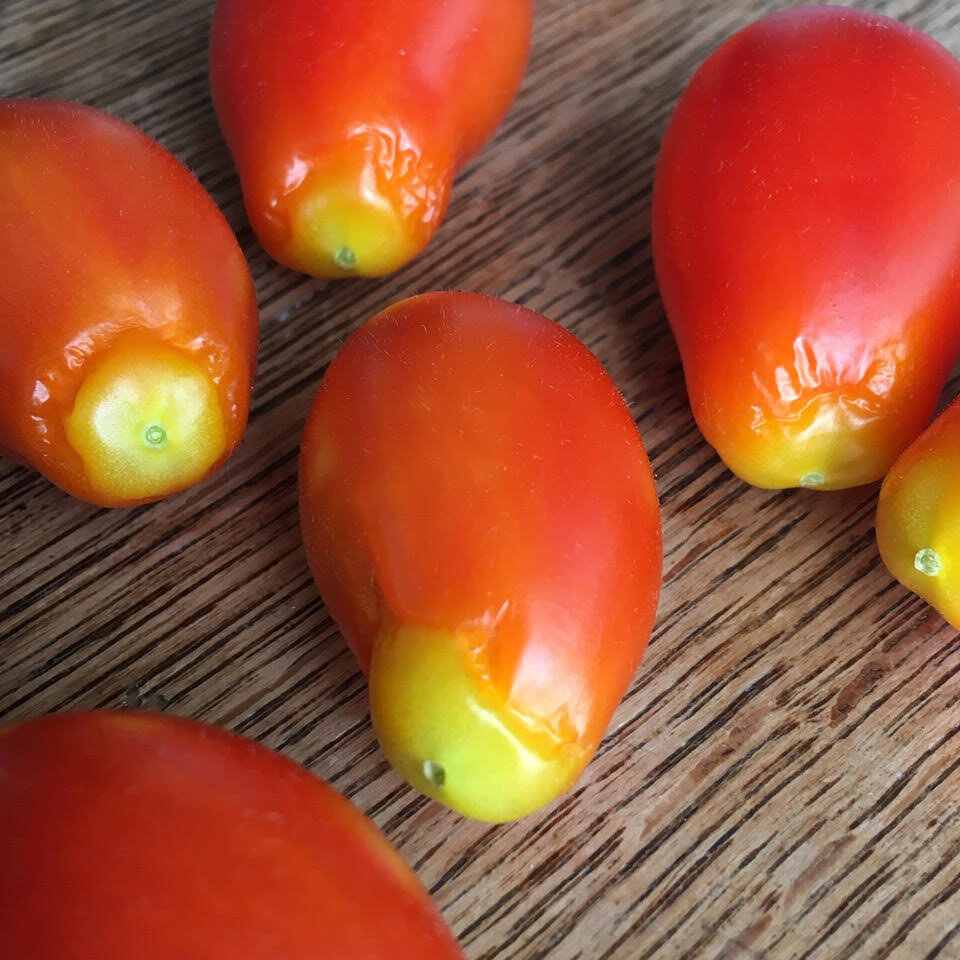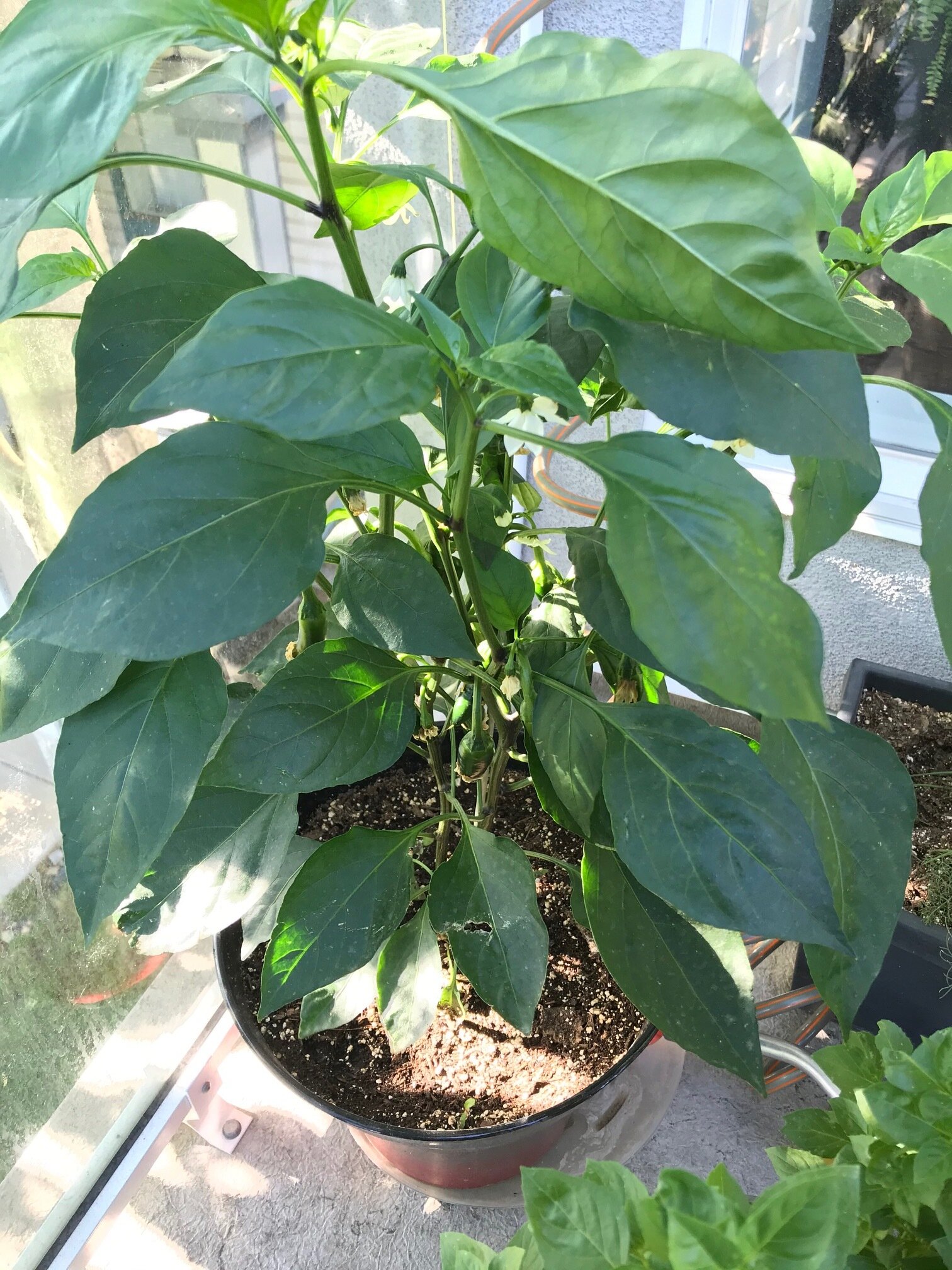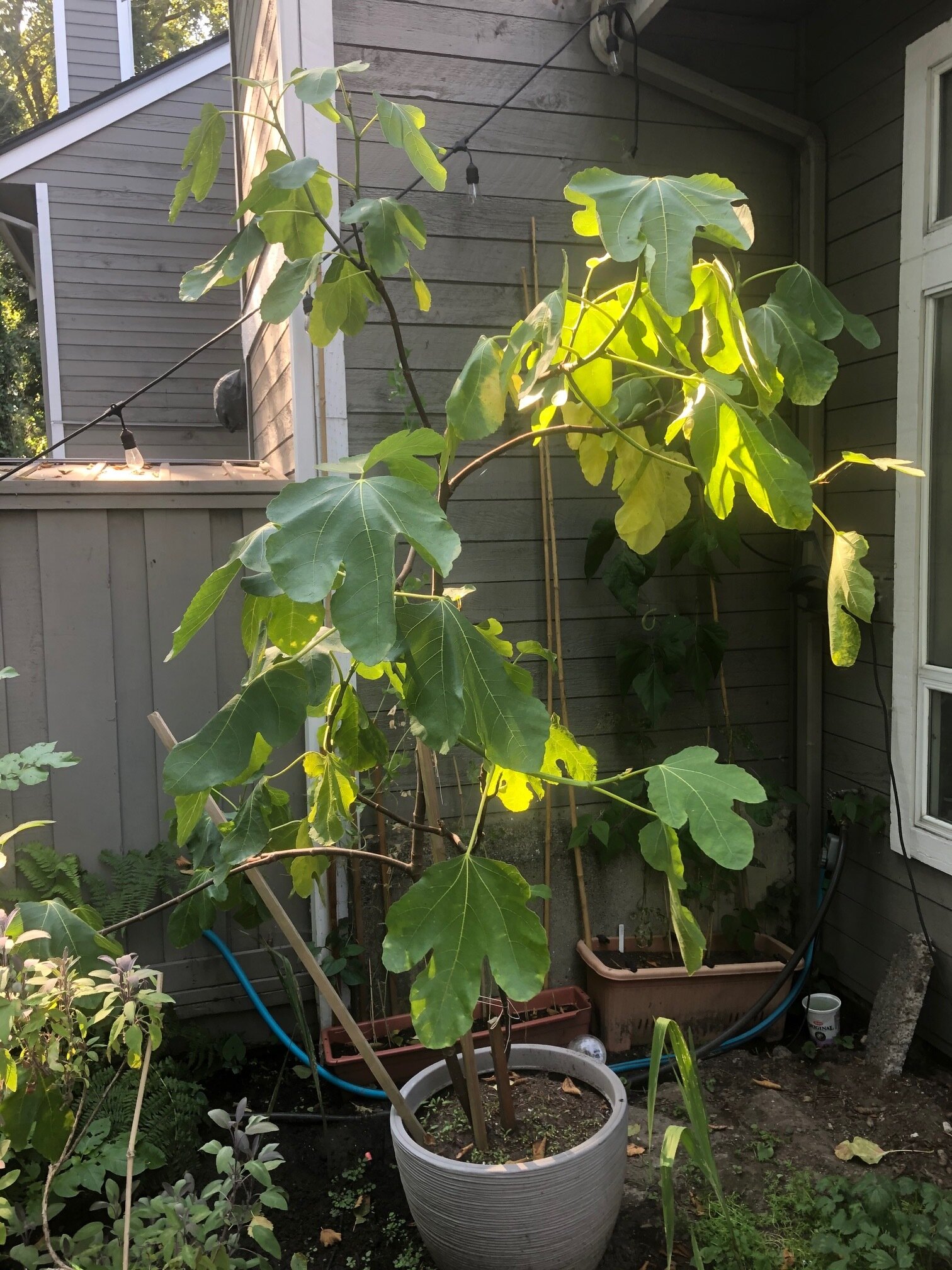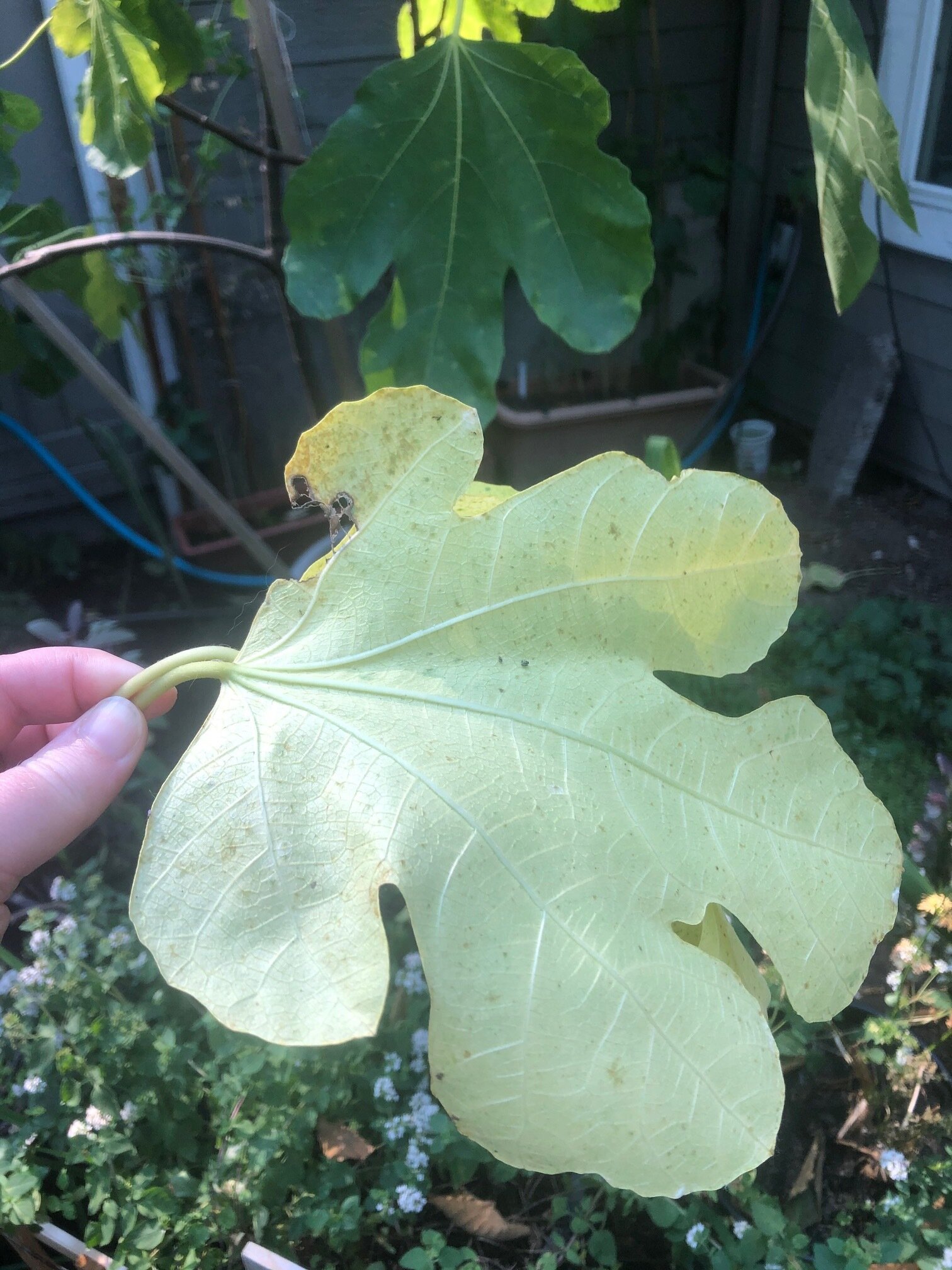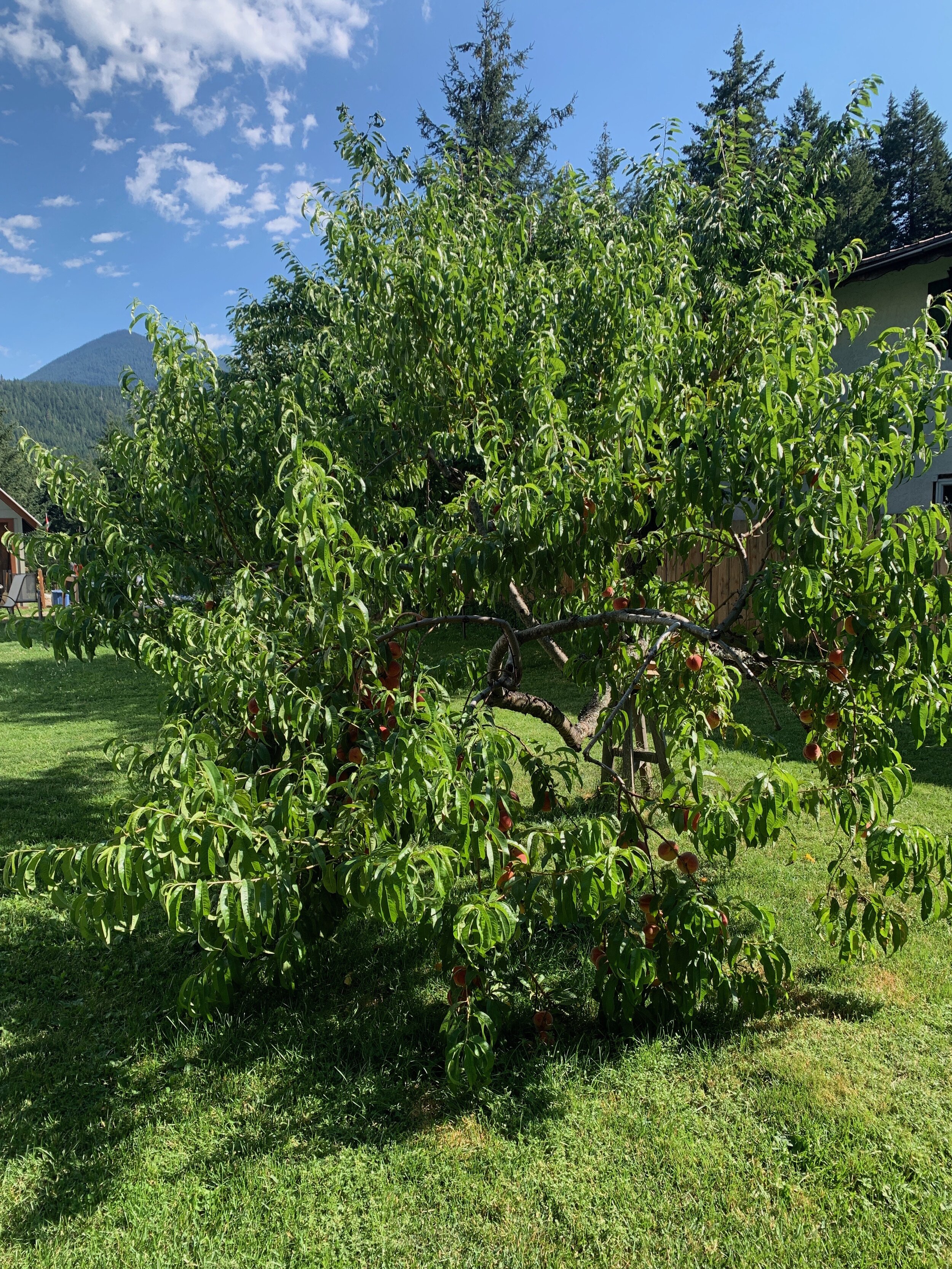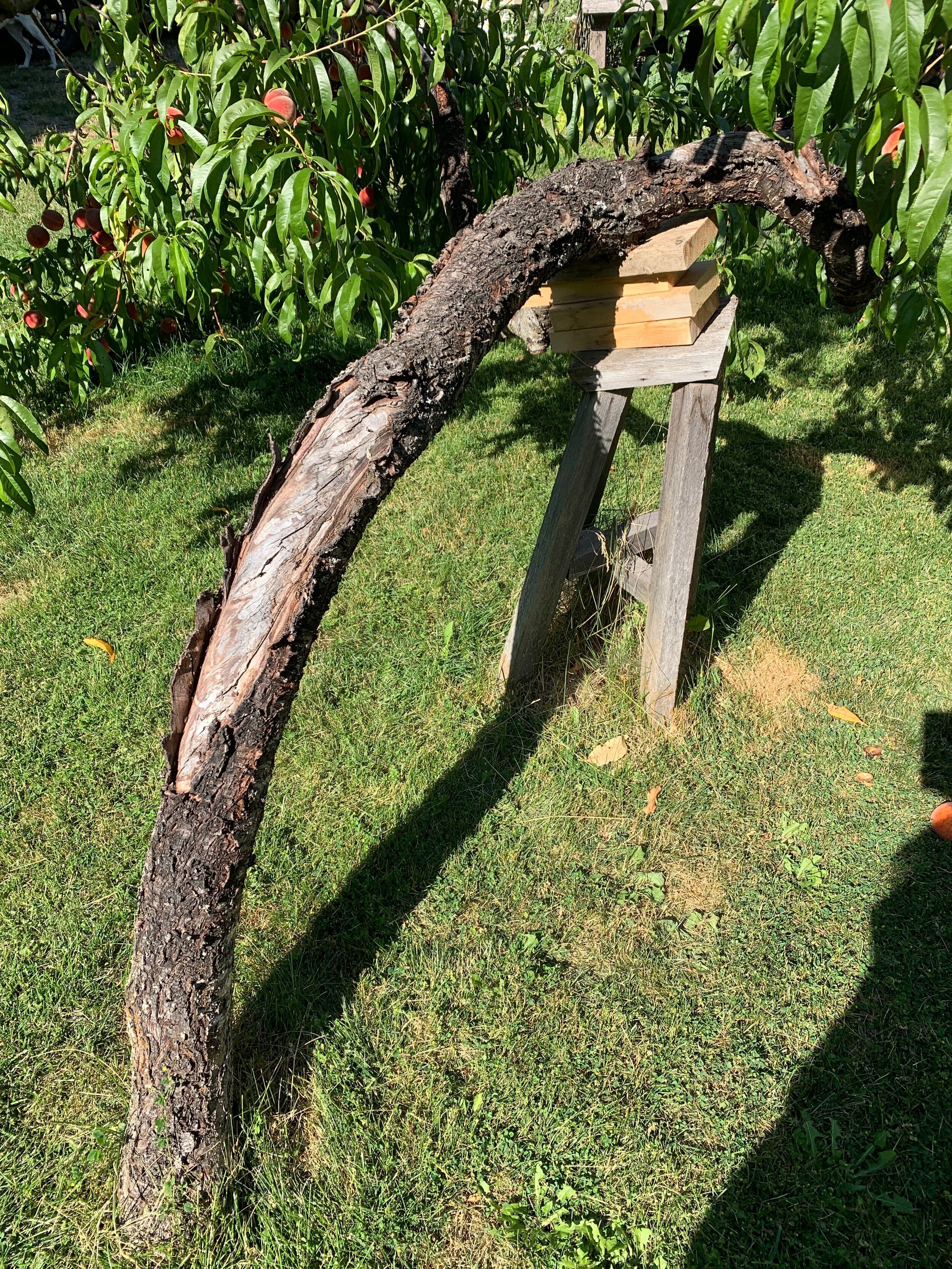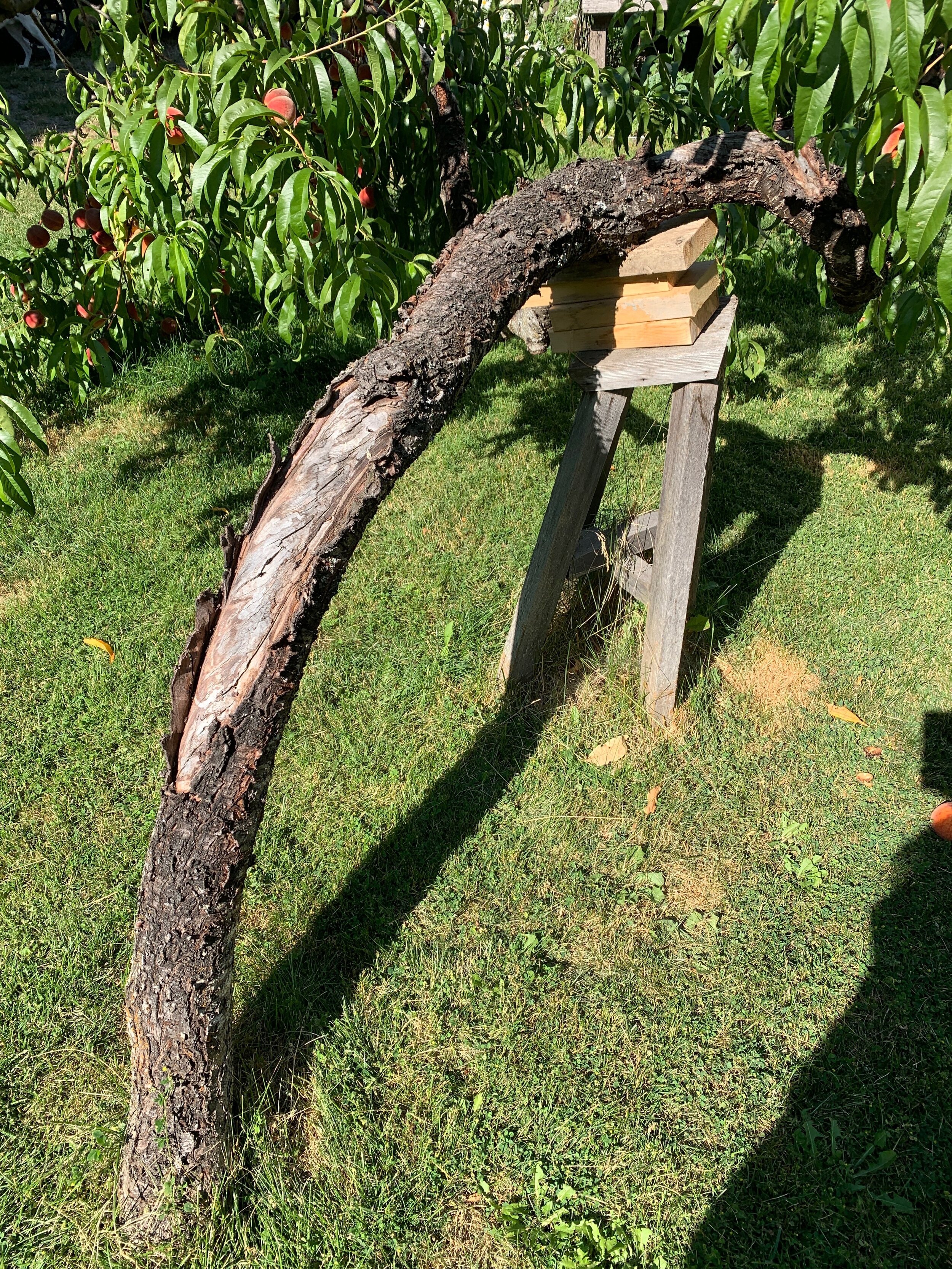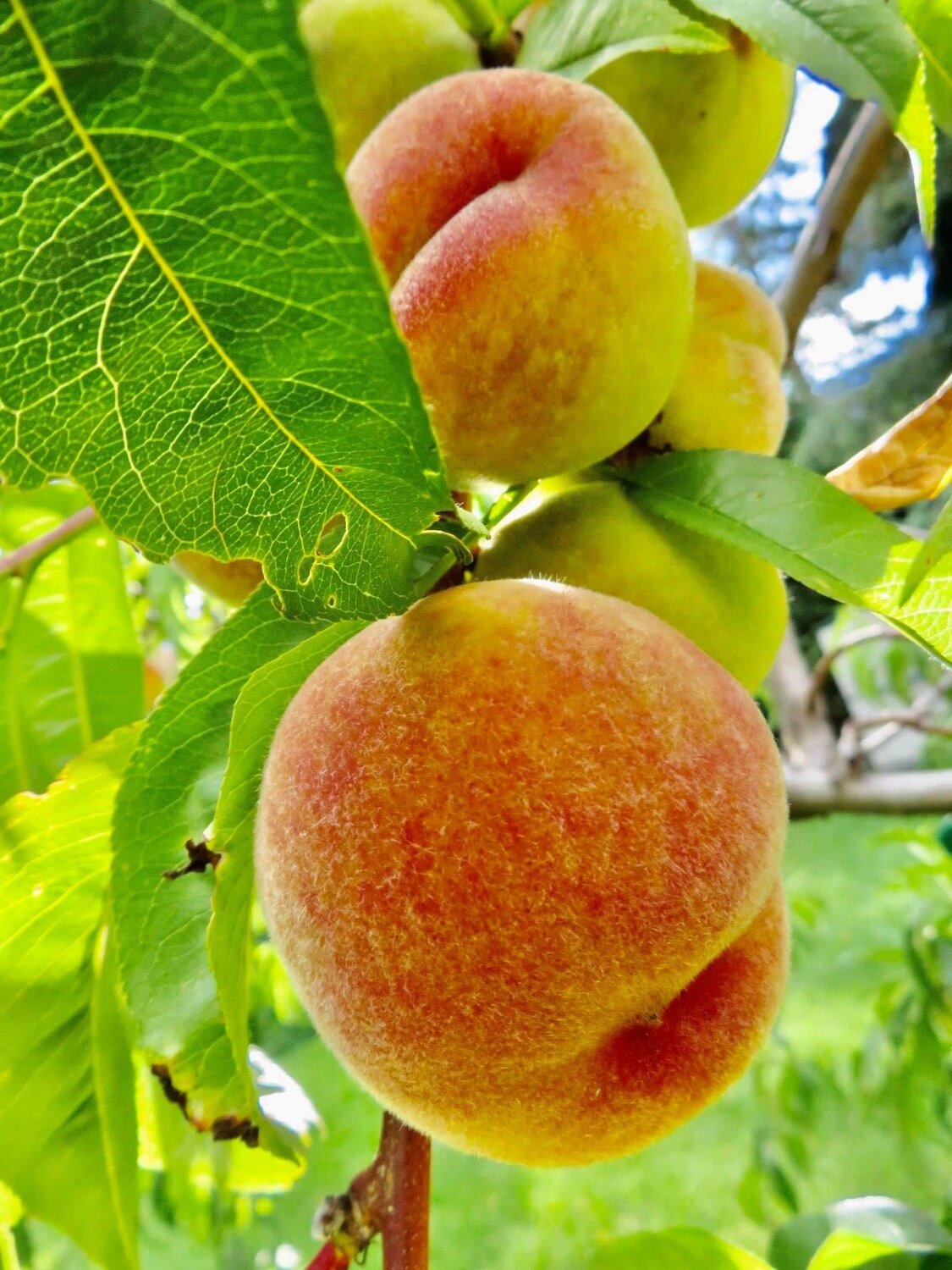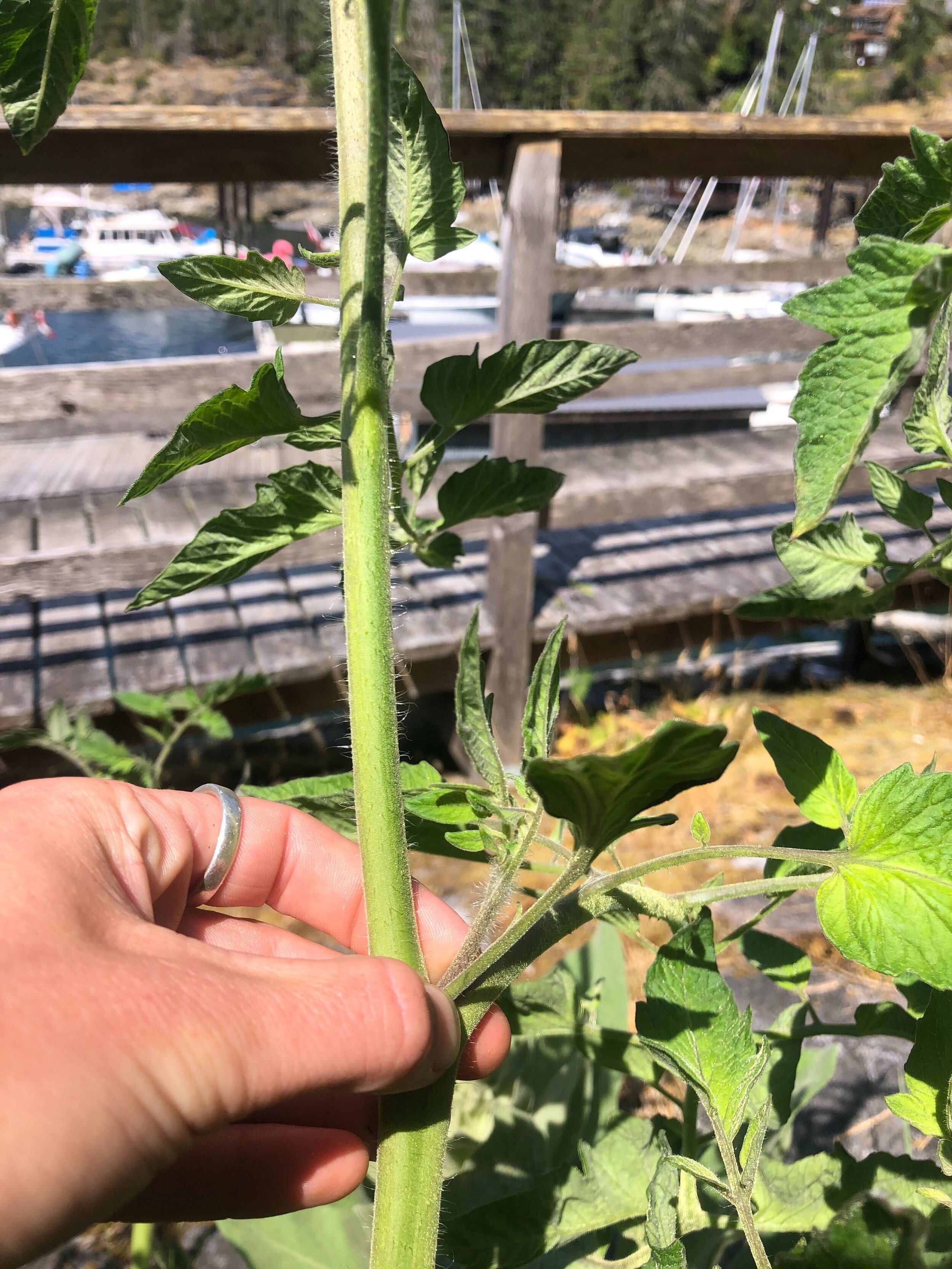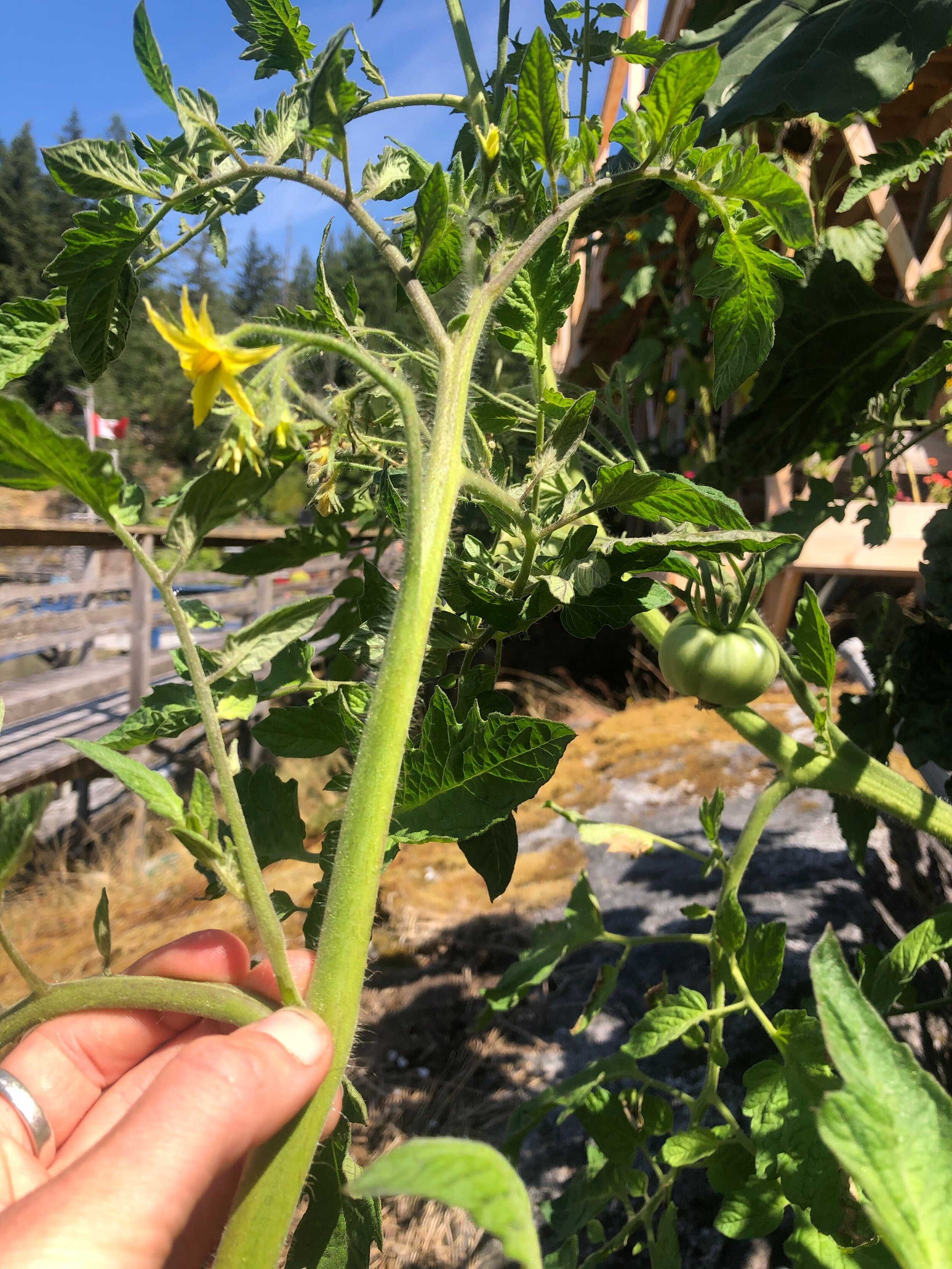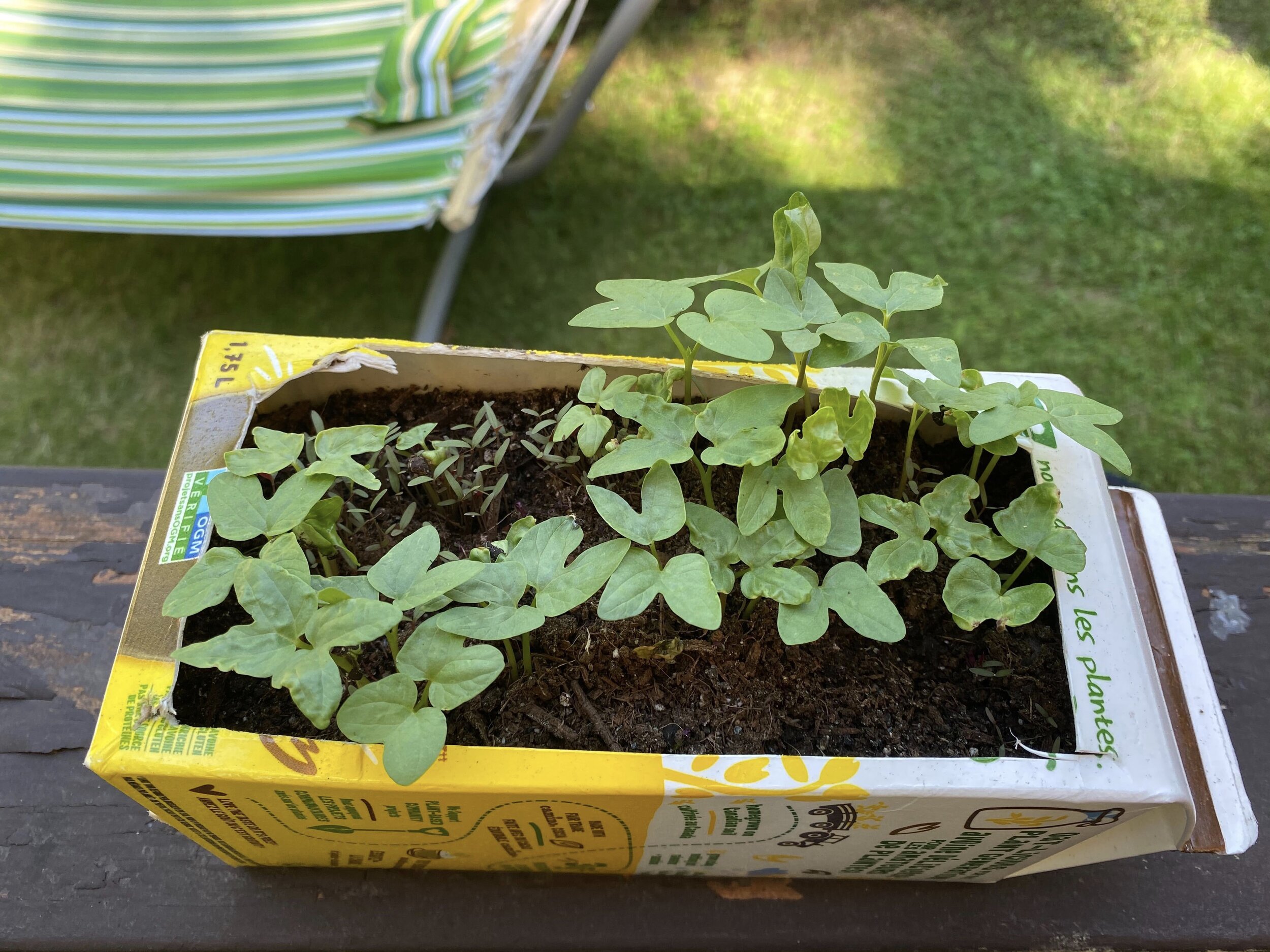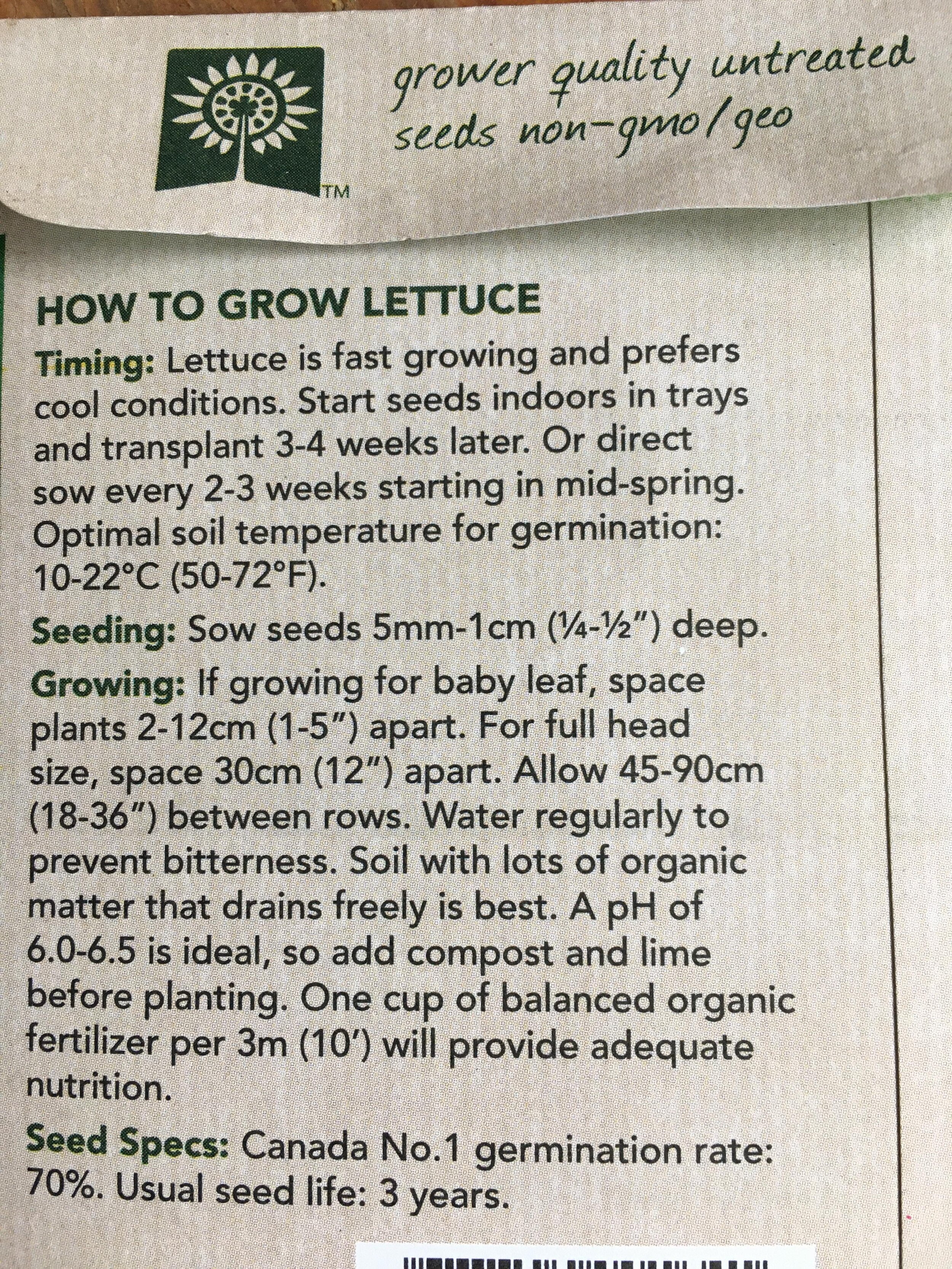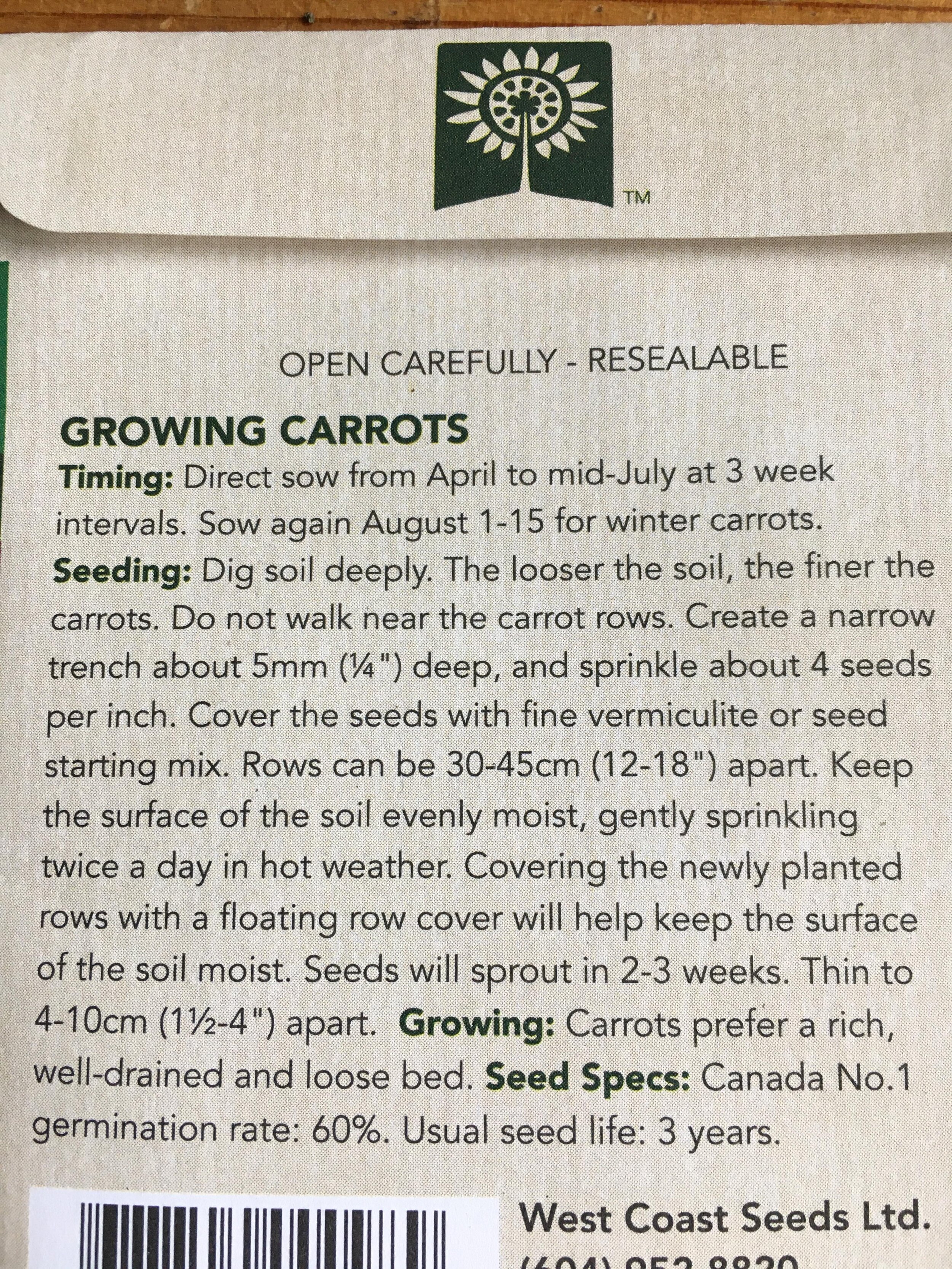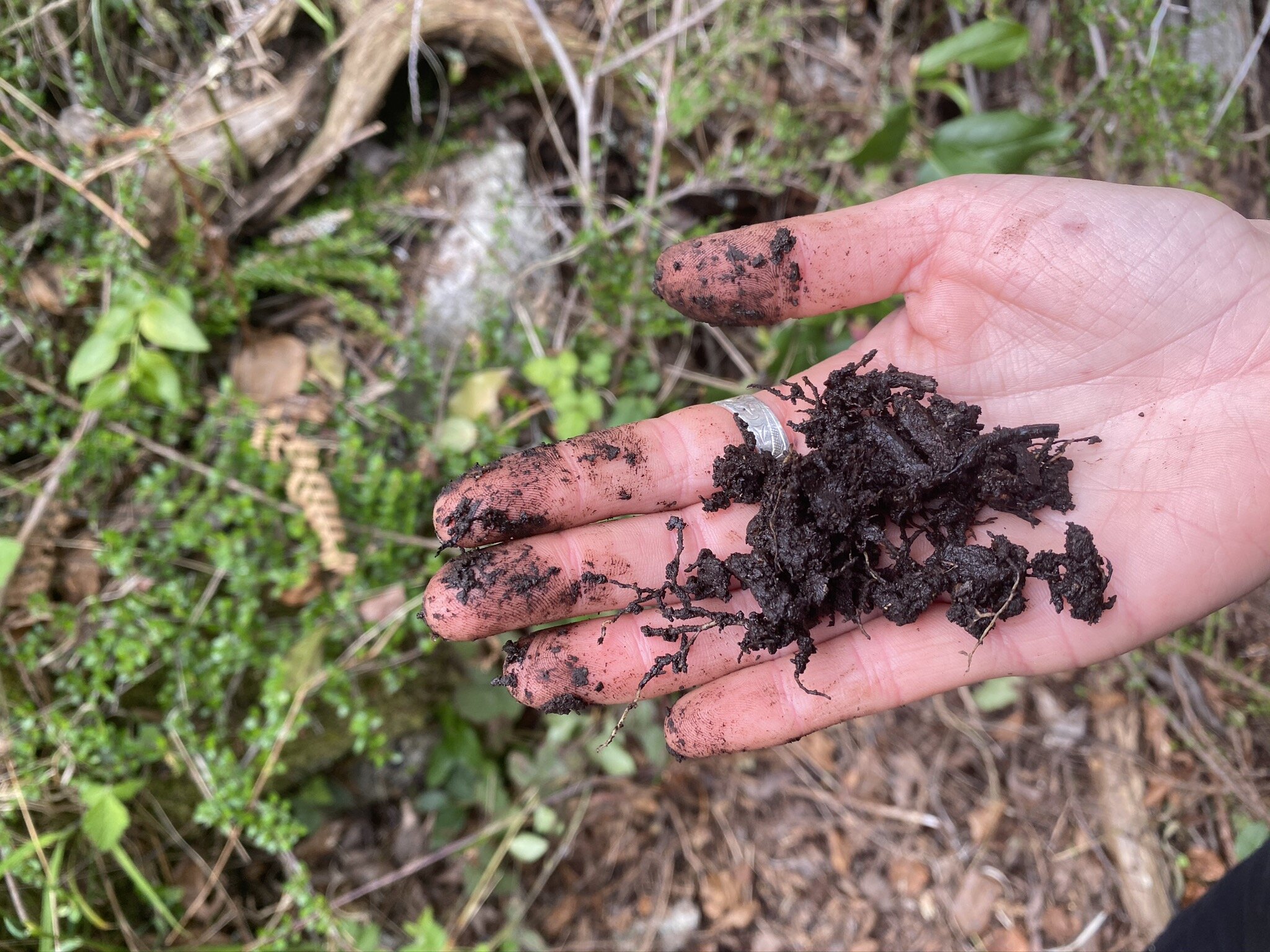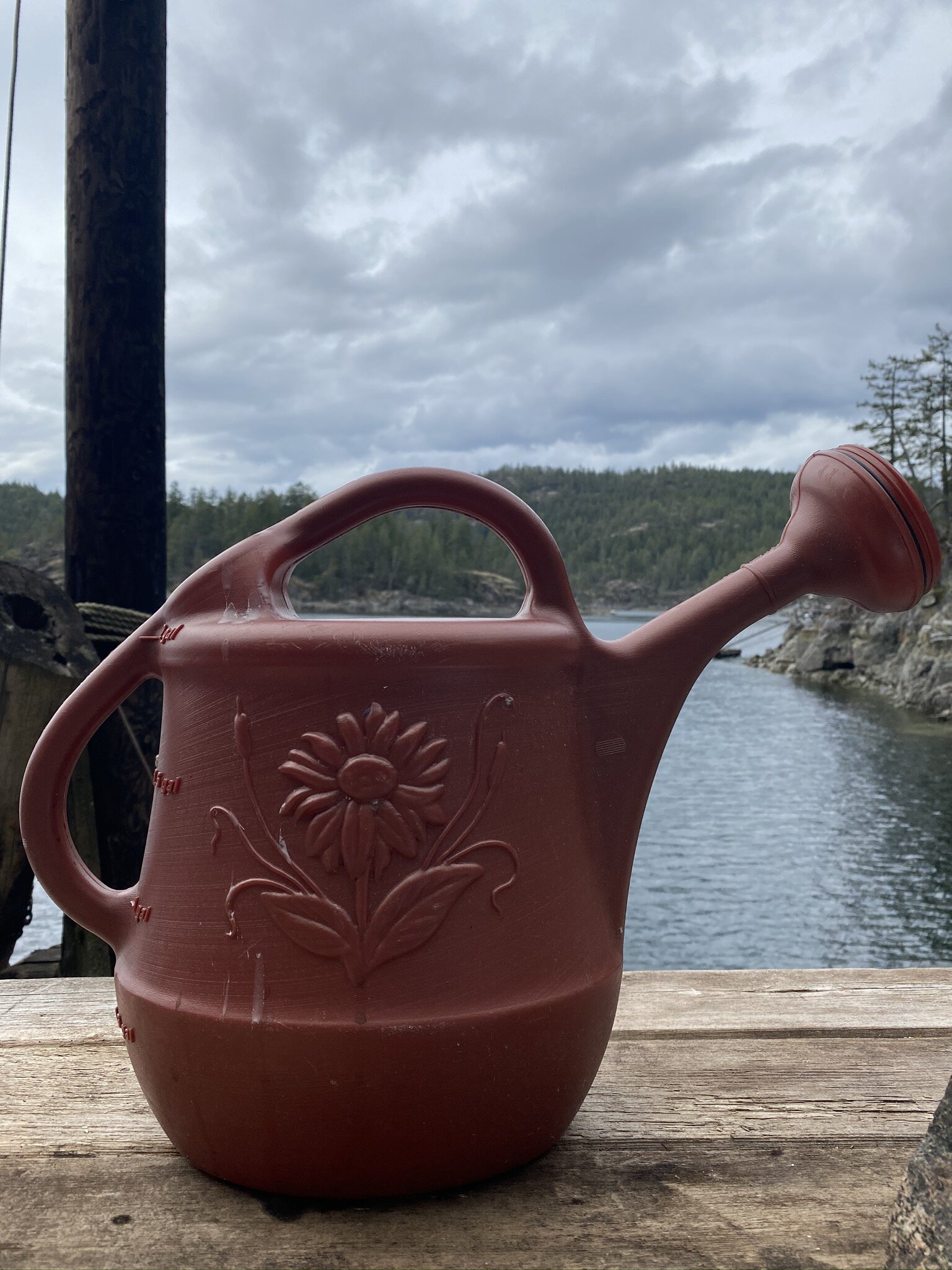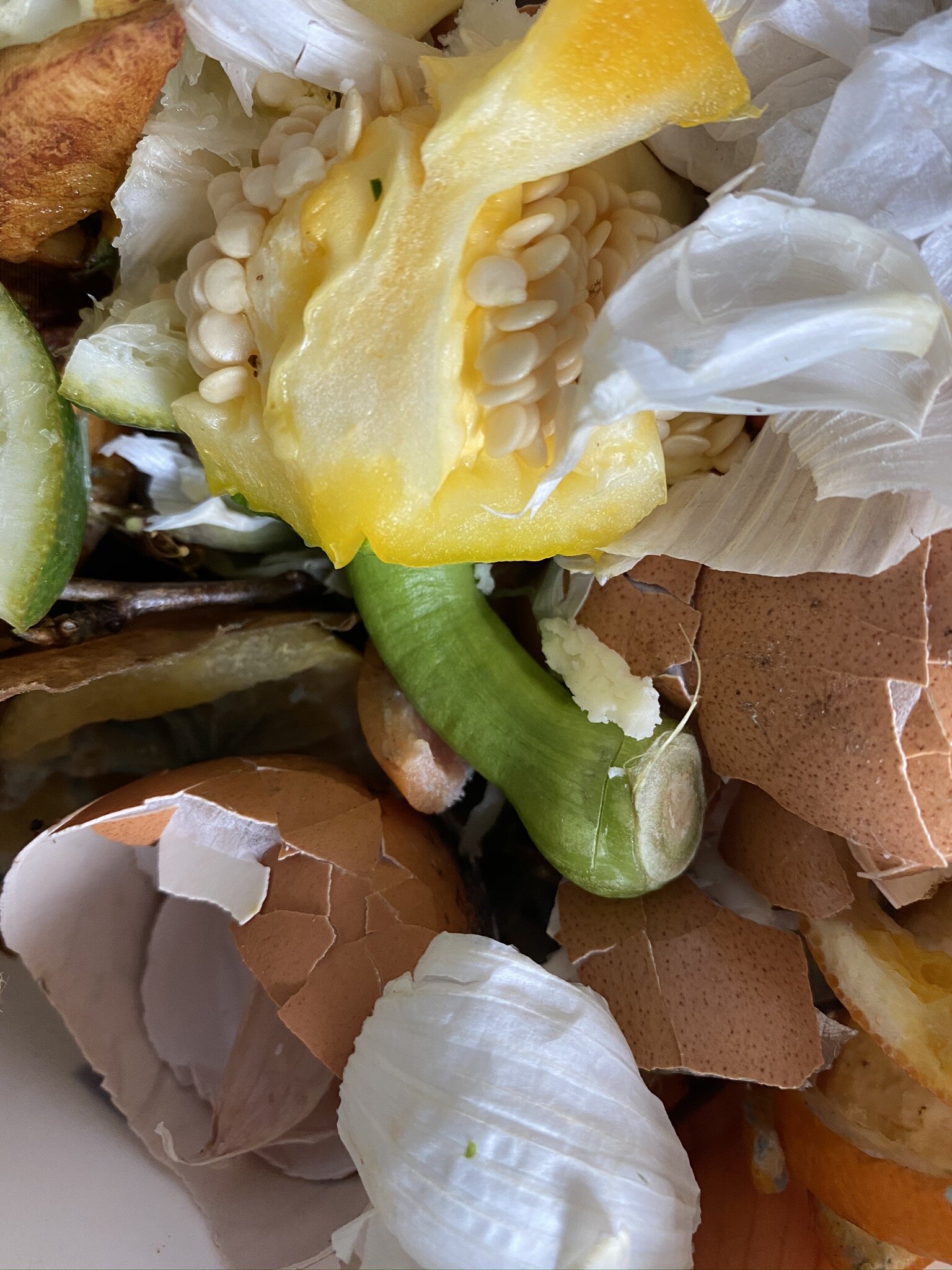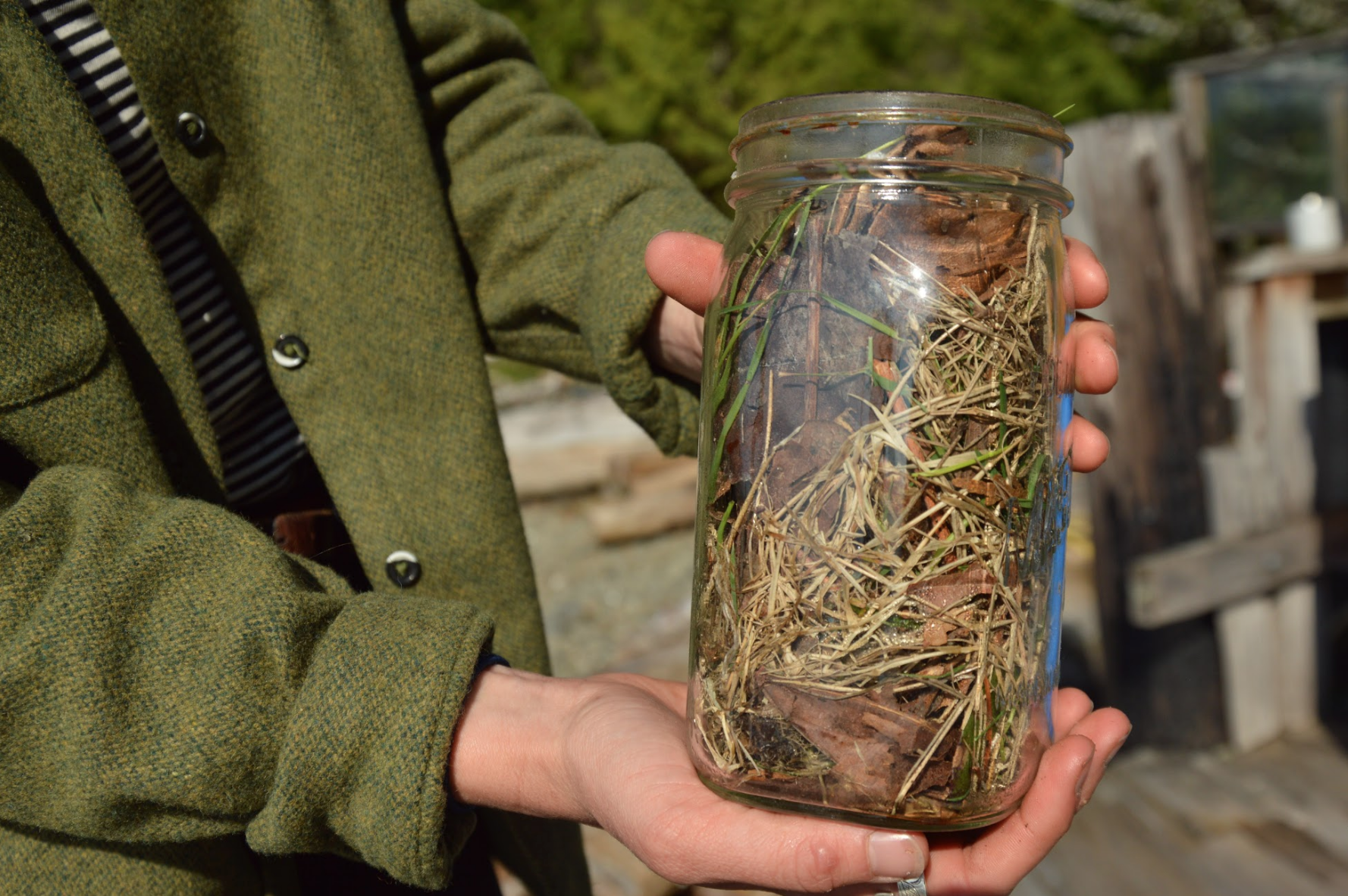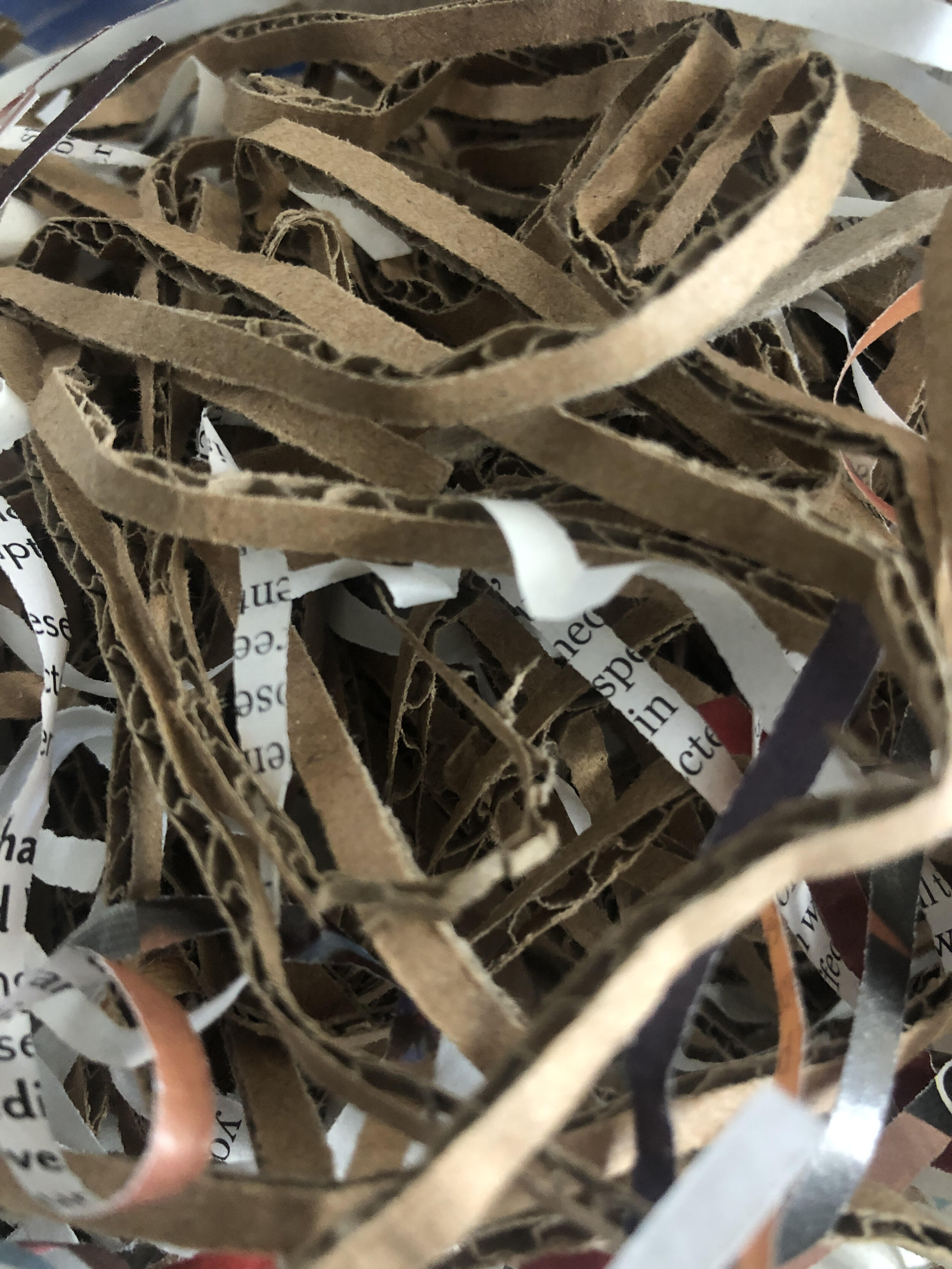We are at week five of our Garden Q&A series with the Vancouver Master Gardeners, with only one more week to go! We have really enjoyed receiving your questions, and learning together about growing food. The world of growing food has no finish line, and there is always something new to learn. This week we have a question answered by Master Gardener student Sally, and then Bev and Jennifer are talking about guidelines for choosing what to plant for winter gardens, and how to maintain them.
Question from Diane in Lake Country:
Why are my cucumbers doing the curl this year?
Answer from Sally:
Cucumber fruit curl, properly known as crooking, is a common condition of cucumbers.
There are many causes, requiring you to do a little detective work to correct the situation.
Pollination Problems: Even when there are plenty of pollinators in your garden, conditions might not be right to ensure complete pollination. Pollen requires semi-humid, warm conditions to be at its best, and when it’s too dry or prolonged rains occur during flowering, cucumber ovaries may not be fully pollinated. Cucumber flowers are pollinated by insects (mostly bees) that must visit each flower multiple times for complete pollination to produce a normal fruit. Inadequate pollination happens when there are too few bees, or when weather conditions are too wet, dry, hot, cool or cloudy. If only part of a flower's ovaries are fully pollinated, the enlarging ovary, which is the little cucumber fruit, becomes lop-sided. One side lengthens, while the other side stays shorter, causing curved fruit. You can hand pollinate cucumbers to achieve better pollination results, but if the weather is against you, fruits may still curl. We can't control adverse weather, but we can encourage bees to visit our yards by planting alyssum, calendula, dill, monarda, parsley, echinacea and many more types of herbs and flowers. Our cool, damp weather this year is likely the culprit, as bees don't fly in the rain.
Diane, since you’ve indicated that you’re familiar with growing cucumbers successfully, the following issues are unlikely to be the source of this year’s problem. But here are some further thoughts.
Incorrect Growing Conditions: Cucumbers need very specific cultural conditions when their fruits are developing or those fruits may become deformed. Evenly moist soil at temperatures above 60 F. (16 C.) are ideal for straight fruits. Try adding up to 4 inches (10 cm.) of organic mulch if your earliest fruits are crooked and water your plants any time the top inch (2.5 cm.) of soil below the mulch feels dry. Because fluctuating moisture can also adversely affect fruit formation, try mulching cucumbers to keep soil uniformly moist. Wait to apply straw, dried grass or compost until soil has warmed in late June. Mulching too early keeps soil cool, which is the opposite of warm-season crop requirements.
Poor Nutrition: Cucumbers are heavy feeders and require a significant amount of nutrition to fruit properly. Prior to planting, each cucumber plant should be provided with a balanced, (preferably organic) fertilizer, then side dressed with the same product every two to three weeks once the vines start to run.
Physical Interference: If you discover newly-forming cucumbers not straight when they’re sprawling on the ground, try training them up a trellis or fence. As the ovaries of cucumber flowers are elongating, young fruits can easily deform when they catch on flower petals, vines, or leaves. Growing them on a trellis gives fruits more space to spread, away from physical barriers.
Resources
Digging in with the Kids - Growing Chefs Integration Idea:
Planning to increase your pollinator plants is a great first step to having more fruitful gardens. There is great value in being able to chat about the importance of pollinators with kids - and this often really fires them up to ensure that they are doing their part to make a difference, and support our pollinators. Next time you are out for a walk, have kids note what plants seem to be the crowd favourite for the pollinators, and consider bringing these into your garden. Perhaps they want to keep a journal and track their pollinator sightings out and about. There are many more pollinators than just bees, so get to know your local pollinators - and keep an eye out for them when you are outdoors. The bright colours of flowers attract pollinators, so plan for adding some colour in your garden - you can’t go wrong!
BONUS! Master Gardener Students Bev and Jennifer talk to us about what can be planted now for winter gardens, and how to maintain these plants throughout the season.
From Bev
Warm days and cool nights… September is definitely one of my favourite times of year. While a final harvest of summer vegetables is on the minds of gardeners, there is still time to do a little planting to continue to enjoy your garden into the winter. Lettuce and corn salad (sometimes called Mache´) are two options that can be sown in September.
Lettuces such as Winter Density, Cimmaron, and Rouge d’Hiver are recommended by Linda Gilkson. She says that if you have some type of temporary covering, like row covering, for particularly bad winter weather, you can extend your harvest. Corn salad is something that I have not tried, but according to many seasoned gardeners, it is one of the easiest greens to grow and will tolerate extreme weather. It prefers cool, moist soil for sprouting, and seeds start to germinate in 7-21 days. When it comes time to harvest it, slice the rosette of leaves off just above the soil line, with a sharp knife as the plant will continue to grow back. This is a veggie I’m going to try this year!
A few tips on growing winter vegetables:
Winter vegetables require mulch, mulch, mulch to keep them insulated from the cold and from freezing. You want to do everything you can to keep the soil as warm and protected from heavy rain erosion as possible. Collecting leaves in the Fall is a great and inexpensive way to create your own mulch. If you’re growing lettuces in the Fall though, work thin layers of mulch around where you’ve planted as you don’t want to prevent the seeds from benefiting from the last days of summer sunshine. Mulching also attracts beneficial insects such as ground beetles to your garden.
Don’t harvest lettuces when they are frozen unless you are throwing them into a soup, because they will be mushy. Wait until the crop thaws. For example, you might go out first thing in the morning and everything is frozen, but if you wait until later in the afternoon that may be a better time.
Raised beds are generally beneficial for winter crops because the soil stays warmer and drains more efficiently.
If you garden in containers, make sure they are frost proof and move them closer to ta wall and/or under a shelter. Linda Gilkson suggests:
…you can grow containers together and insulate between the pots with leaves, plastic, straw or other materials. Wrapping a band of burlap or plastic around the outside of the whole group off containers gives the roots even more protection from freezing. (p. 182 Backyard Bounty)
From Jennifer
We are fortunate to live in Vancouver where climates are mild enough to grow some vegetables all year round. Cold crops such as Kale & Collards and Arugula are good choices for fall planting as they both do better in cooler temperatures and Kale can even benefit from a light frost.
However, you do need to take a little more care when growing vegetables over the winter. Here are some things you should consider:
Choose a winter variety. For kale consider Winter red, Winterbor, or Siberian. Arugula - try Wild arugula, Dragon's Tongue, or Astro.
Timing - For kale, you need to get your transplants planted 8 weeks before the first frost (approx November 1) so I would use seedlings. If you start from seed, you will need an additional 4 weeks to get them to germinate to the seedling stage, so you should sow seeds or start indoors in early August. Arugula can be sowed now or 8 weeks before the first frost. In a cold frame, you can sow 4 weeks before the first frost. Remember to shade (eg umbrella) young seedlings from the really hot sun until they mature.
Pre-sprouting seeds help to accelerate the germination stage. Simply soak the seeds in water for 4 hours before planting or place seeds between layers of damp paper towel placed in a plastic bag in a warm place until they sprout.Select a sunny location (eg southern facing).
Make sure the soil is well-draining. Amend the soil if needed with compost & always mulch with dried leaves or straw to insulate.
Do not fertilize in Fall as extra nitrogen will encourage a flush of tender new growth which will not likely survive winter temperatures.
Be prepared for below-freezing temperatures by creating a cold frame or having a cover (eg plastic, burlap, cloche) available to protect crops during heavy rain or freezing temperatures. Remember to remove these covers when it is sunny.
Enjoy your greens this winter. They will grow more slowly and will be smaller in size but they should be more tender and tasty. Arugula may have a milder flavour and be less peppery.
Please pick up a free copy of "Planting for great fall and winter harvests" by West Coast Seeds at your local nursery for complete details on growing and harvesting all winter vegetables. You can also download it here.
Good luck with your year-round vegetable gardening!



















